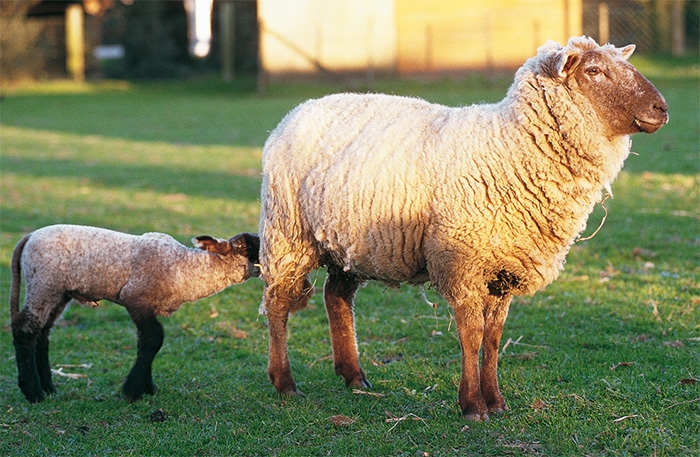
Managing coccidiosis at the right time and with the benefit of veterinary advice is paramount for farmers who want to stay in control of this challenging disease this spring.
“Coccidiosis can be difficult to control on farm and will cause production set-backs if not managed correctly,” explains Sharon Cooksey, a vet who works for Bayer Animal Health. “Coccidiosis outbreaks can differ from farm to farm, but that’s not to say the disease can’t be effectively controlled on every farm.”
Sharon adds that to fully understand the disease, it’s important to get an accurate diagnosis which will then help in planning an effective control strategy.
“By working with your vet to accurately diagnose the species of coccidiosis present through faecal sampling with speciation, it is possible to confirm that pathogenic coccidiosis is present on your farm and then stop the disease causing further set-backs.”
The role of the lambs’ environment as the source of infection is also important to be aware of, explains Sharon. “Once a single coccidial oocyst is ingested by a lamb, it will multiply internally and around 16 million will be excreted back into the environment. This massively amplifies the disease challenge for future batches of lambs,” cautions Sharon.
She also warns that when you see clinical signs such as scours, dirty back ends and lambs that generally appear tucked up with a dull poor appearance, the damage to the gut has already been done. “By this point the lambs will suffer losses from growth set-backs, through to mortality in the worst cases. Treating the affected and all in-contact lambs with a coccidiocide like Baycox at this point is essential, but prevention of clinical signs is always better,” details Sharon.
Recently published research has shown that using one dose of toltrazuril (Baycox) to treat lambs is an effective means of preventing and controlling the disease, killing coccidiosis at all intracellular stages. Baycox was also shown to considerably reduce the amount of faecal oocysts excreted back into the lambs’ environment, compared to that of a group treated with diclazuril and an untreated group.*
“The advantage of using Baycox is that there is some flexibility around treatment timing for prevention because it persists in the lambs’ system and kills at all stages. To achieve the best results, lambs should be treated about a week after they have been exposed to coccidiosis,” explains Sharon.
“Treating with the right product at the right time, usually during the high risk period of four to eight weeks of age, is invaluable because it not only treats the lamb and thus prevents losses, but also acts to reduce the shedding of oocysts from infected lambs.”
Sharon concludes that it is very important that farmers work with their vets to minimise this disease and reduce production losses. “The more informed farmers are and the more precise the diagnosis, the better the treatment plan for further batches of lambs; allowing effective management of the disease in the long term.”
